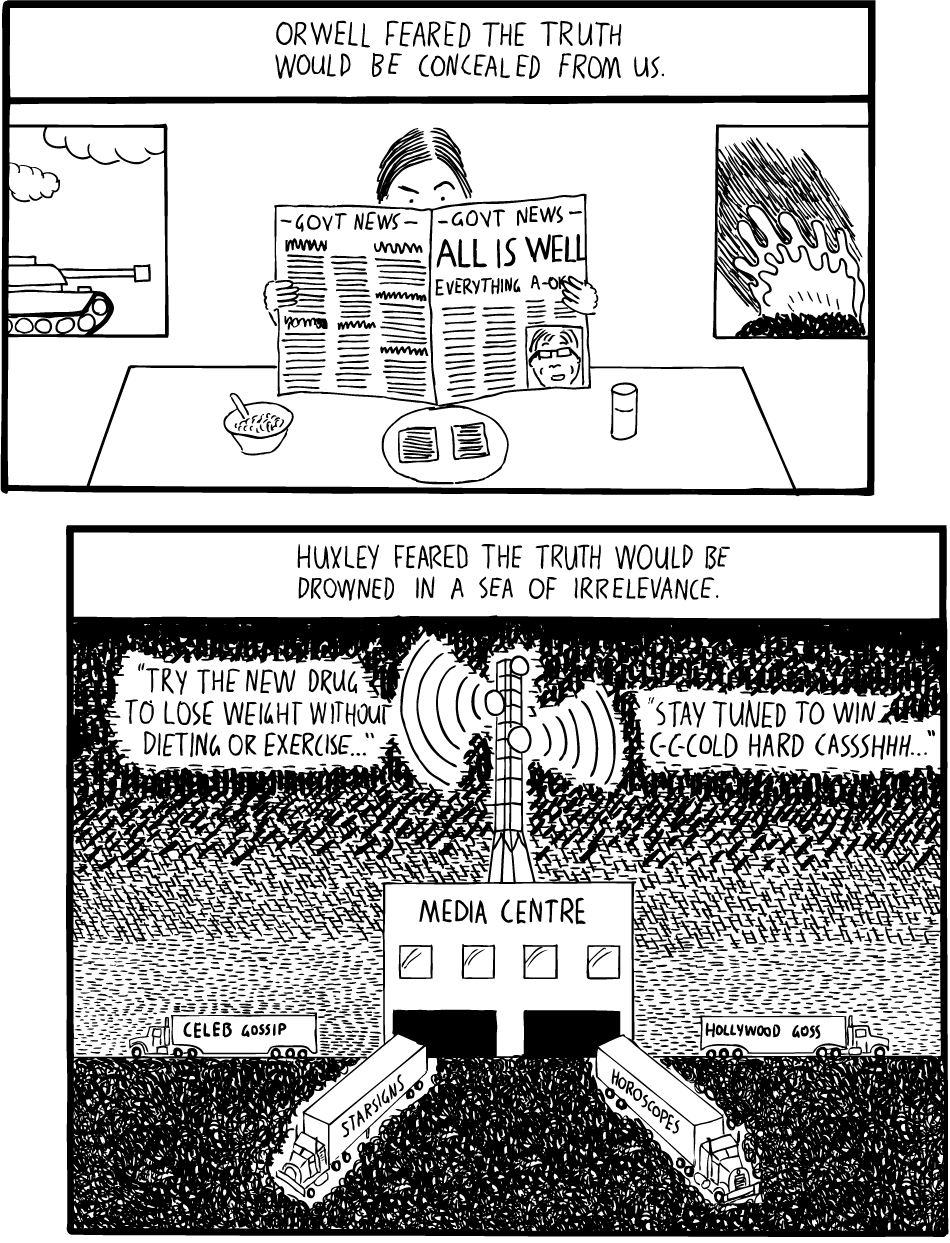 Earlier this month, I posted some thoughts on key social networking crisis management lessons that may – or may not – emanate from the Qantas A380 emergency landing. To my knowledge, many of the posed questions have not been addressed on that part of the crisis response. So let’s continue to set those social media questions aside.
Earlier this month, I posted some thoughts on key social networking crisis management lessons that may – or may not – emanate from the Qantas A380 emergency landing. To my knowledge, many of the posed questions have not been addressed on that part of the crisis response. So let’s continue to set those social media questions aside.
However, let’s not overlook some of the real-world lessons from the situation. For example, this AP story provides a harrowing account of what the crew faced in the cockpit. Key excerpts:
“The amount of failures is unprecedented,” said Richard Woodward, a fellow Qantas A380 pilot who has spoken to all five pilots. “There is probably a one in 100 million chance to have all that go wrong.”
But it did.
Engine pieces sliced electric cables and hydraulic lines in the wing. Would the pilots still be able to fly the seven-story-tall plane?
The wing’s forward spar — one of the beams that attaches it to the plane — was damaged as well. And the wing’s two fuel tanks were punctured. As fuel leaked out, a growing imbalance was created between the left and right sides of the plane, Woodward said.
The electrical power problems prevented the pilots from pumping fuel forward from tanks in the tail. The plane became tail heavy.
That may have posed the greatest risk, safety experts said. If the plane got too far out of balance, the Singapore-to-Sydney jetliner would lose lift, stall and crash.
And then there was that incredible stream of computer messages, 54 in all, alerting the pilots to system failures or warning of impending failures.
And now, the important part:
Continue reading Qantas: 54 alarms (and three cheers) →
 Last November, Qantas was thrust into the spotlight for an emergency landing seemingly caused by one of its Rolls-Royce engines. Recently, the airline has faced a few more incidents involving Rolls-Royce engines.
Last November, Qantas was thrust into the spotlight for an emergency landing seemingly caused by one of its Rolls-Royce engines. Recently, the airline has faced a few more incidents involving Rolls-Royce engines. 






 If you are unfamiliar with Wednesday’s dramatic events that happened to Qantas, Austrialia’s national airline
If you are unfamiliar with Wednesday’s dramatic events that happened to Qantas, Austrialia’s national airline